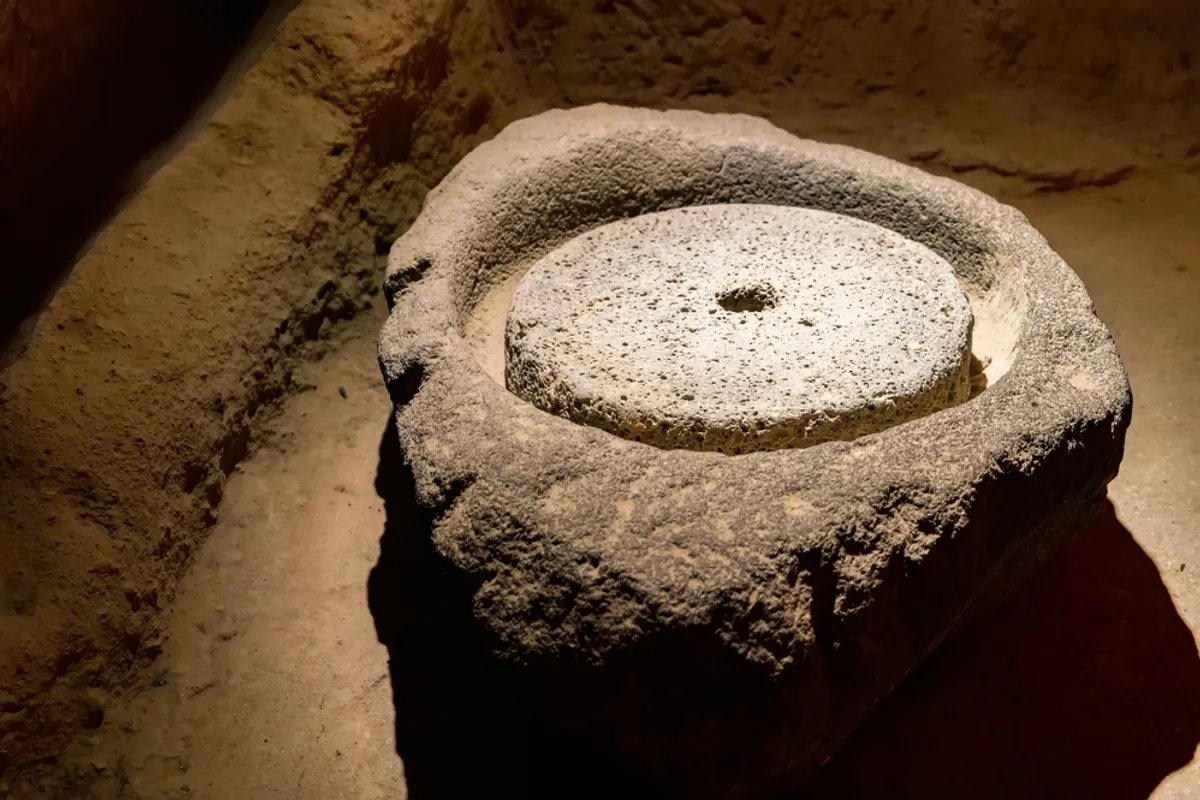Ancient India has a rich and diverse cultural tapestry that is home to enigmatic civilizations and enduring mythological ideas. The Harappan or Indus Valley civilization, for instance, stands as one of the oldest and most extensive urban cultures of the ancient world. The sophistication of their cities, advanced amenities, and cultural diversity are indicative of a highly evolved society.
Recent discoveries have added intriguing layers to our understanding of this ancient civilization. Notably, the presence of pipal trees on Harappan seals has drawn attention to the possible existence of a meditating proto-Shiva. This proposes the belief that the roots of yogic meditation and the iconic figure of Shiva can be traced back to the ancient Harappans, shedding light on the profound spiritual practices of that era.
Furthermore, the appearance of Shiva on Harappan seals suggests a continuity of mythic concepts and cultural symbols across millennia. Seals possibly depicting Shiva and yogic meditation not only connect ancient and modern spiritual practices but also prompt a reevaluation of the origins of such iconic symbols, challenging established narratives.
The term 'Aryan' has also been scrutinized for its problematic implications and factual incoherence in modern usage. It has become essential to reject racist narratives and embrace scholarly and scientific approaches that steer away from outdated and harmful ideologies to foster a more inclusive and accurate understanding of ancient history.
Moreover, the assimilation of nomadic peoples with indigenous cultures in India and Central Asia demonstrates the intricate interplay of various ethnic and cultural groups, contributing to the complex fabric of ancient Indian society.
The cultural diversity within the Indus civilization is particularly captivating, evident in their burial customs and language. This highlights the complexities of society and the interactions between different groups of people, offering valuable insights into the dynamics of ancient social structures.
It is pertinent to note that the legacy of the Harappan civilization has not vanished into the mists of time but rather transitioned, leaving a genetic influence that persists in modern-day India. This enduring legacy serves as a testament to the depth of their impact on the cultural landscape of the region.
The migration of the Indo-Aryans and Indo-Iranians in different directions, along with the amalgamation of cultures from the Hindu Kush and India, led to the coalescence of the Vedas into a canonical form around 1000 BCE. This process of cultural fusion and evolution is reflected in the Rigveda, which embodies a blend of cultural influences from various regions.
However, scholarly research into ancient cultures, particularly concerning the Indo-European migration theory, is riddled with challenges, emphasizing the need for a nuanced and cautious approach to interpreting historical narratives, avoiding oversimplifications, and embracing the complexities inherent in the study of ancient civilizations.
In conclusion, the ancient cultures of India possess a profound and enduring richness that continues to influence the modern world. The revelations surrounding the Harappans, the scrutinization of Aryan narratives, and the confluence of diverse cultures exemplify the depth of India's historical and mythic legacy, urging us to delve deeper into the enigmatic tapestry of its past to unravel the intricacies of its cultural and spiritual heritage.







